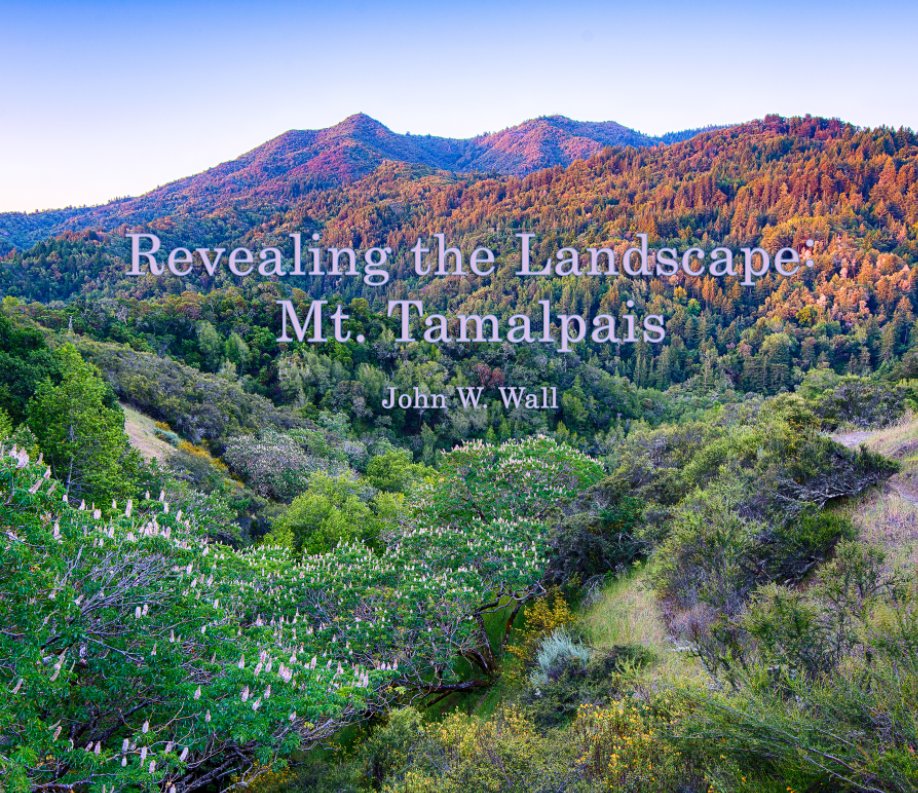* * *
"This forest road was little used by human beings and as there was an abundance of game in the forest through which it ran, an early morning walk along it was of great interest, for on the road ... was a record of all the animals that had used or crossed it during the night.... For instance, the porcupine that had come out on to the road ... had evidently taken fright at something in the jungle on the right of the road and had scurried back. The reason for his fright was apparent a few yards farther on, where a bear had crossed the road.... On entering the jungle ... the bear had disturbed a sounder of pig and a small herd of cheetal, for they had dashed across the the road into the jungle.... A little farther on, a sambhar stag had come out ... and after browsing on a bush had walked along the road for fifty yards, rubbed his antlers against a young sapling, and then gone back into the jungle. Near this spot a four-horned antelope, with a fawn at foot, had come on the road. The fawn, whose hoofprints were no bigger than the finger nails of a child, had skipped about the road until the mother had taken fright, and after dashing down the road for a few yards mother and fawn had gone into the jungle. Here there was a bend in the road, and at the bend were the footprints of a hyena who had come as far as this, and then turned and gone back the way it had come."
--Jim Corbett, from "Jungle Lore"
Although I'm not much of a tracker myself, I love stories of experts who read track and sign on the landscape, seeing wildlife stories that entirely escape the notice of most people today, including even long-time hikers.
In addition to tracking, Corbett also writes about listening to birds to get an idea of what's going on beyond your field of view. Reading his stories reminded me of a time when some joker was standing under a small tree with his dog, watching the Eel River flow by. He was blissfully oblivious of the scolding being directed at him from the branches above him. A bird was anxious about the safety of its nest and was making quite a racket. It went on and on, and a friend who'd finally had enough yelled across the river to tell the guy he was disturbing the bird. Sure enough, as soon as the guy took his dog away from the tree, the bird stopped scolding and returned to her nest.
You've probably never heard of Jim Corbett, even though he's got a national park named after him. That's because the national park is in the state of Uttarakhand, in India, where he was born and lived most of his life before retiring to Kenya where he died in 1955. I learned about Corbett by way of Jon Young, one of the few who keeps the study of bird language alive in these modern times.
The recent rains gave a January feel to the June woods this morning. I brought my camera gear down to Potrero Meadow to see if I would feel inspired to do any photography. I wandered through a large patch of native wild onion (Allium unifolium) without any lightning striking, then followed deer trails through a variety of tall grasses with patches of tall meadow rue (including one plant decorated with a small group of orange insect eggs) and short pennyroyal, finally making my way to the still-blooming western azalea bushes. I fully expected to pick up a few ticks brushing up against all of that, but when I reached the picnic tables to check myself I was almost disappointed that I didn't snag a single one.
It was another beautiful morning, so even though I wasn't feeling much inspiration to do photography, it was still great to have the earth underfoot, forest all about, and blue sky above. I looped out to Rifle Camp again, then returned along the fire road to my car at the Mountain Theater's dirt parking lot.
I was surprised to see so many people heading to the theater since the Mountain Play is on Sundays, not Saturdays. I thought they changed the day since the Dipsea Race is tomorrow, but today's show was actually the Magic Mountain Play Music Festival whose headline act was Jefferson Starship, followed by a concert version of the play Hair, a nice celebration of the 50th Anniversary of the Summer of Love.
* * *






















